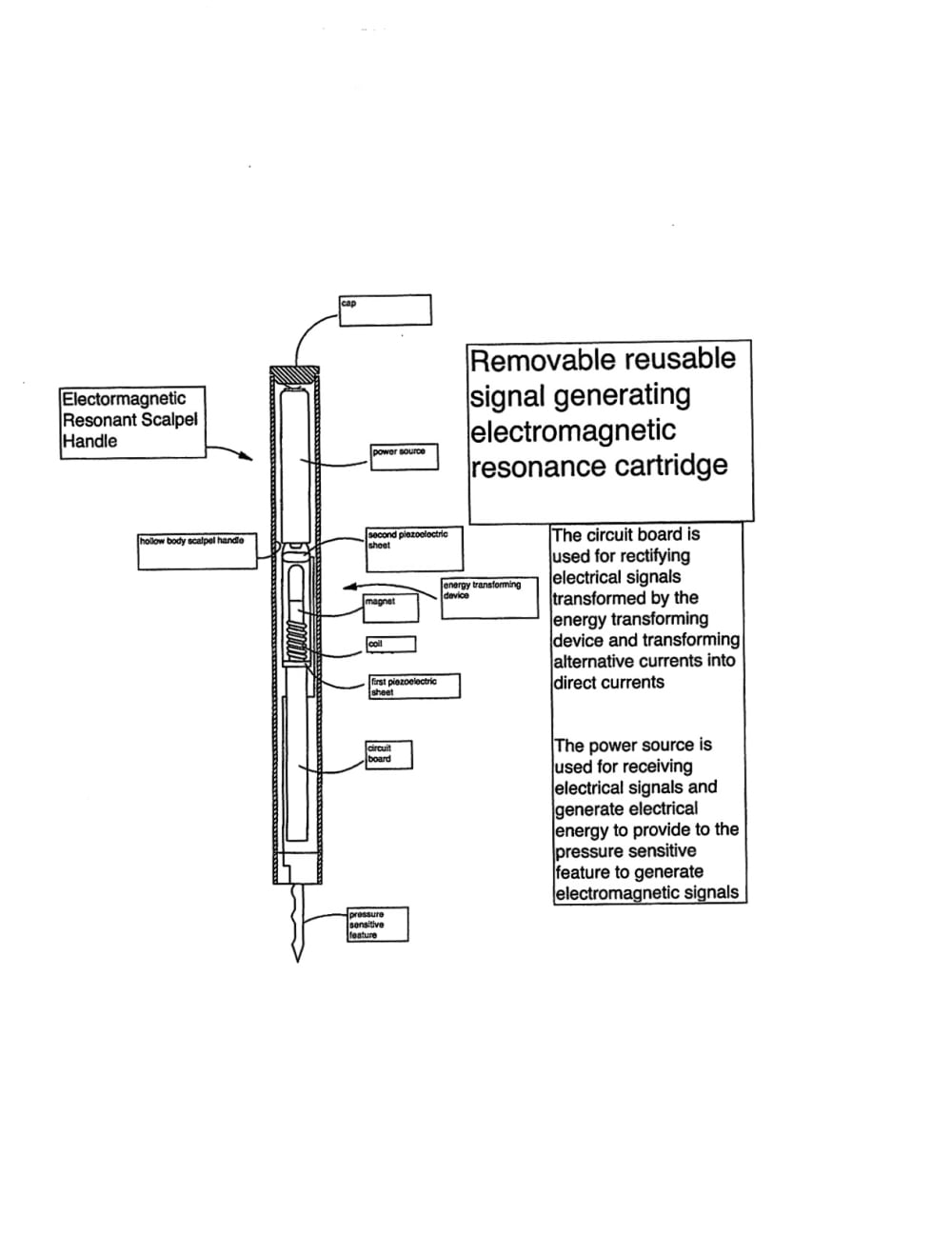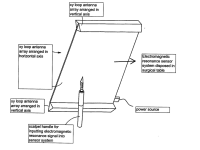
THE PROBLEM:
There is no precise digital record of prior surgery. Consequently, patient safety suffers when follow-up surgery is required days, months and years later. Legacy out-of-date “analog” operative dictations are often imprecise, vague, incorrect, and obsolete. As a result, follow-up surgical outcomes can be inconsistent, poor, unnecessarily excessive, and mistakes are common. Further problematic is that the absence of a digital surgical record hinders the education of student surgeons or surgical robots from best-of-class surgeons on a global scale.
The problem is operative notes are dictated based upon a surgeon’s recall after surgery, using antiquated approximations, body landmarks and imprecise representations. Body landmarks change and approximated measurements are inaccurate. Anatomic terminology is vague, misinterpreted and not reliably standardized. The result is poor continuity of surgical care, increased patient risk, poor outcomes for cancer recurrences, wrong site surgeries, and inability to globally scale teaching best-of-class surgery to students and robots.
SOLUTION
The solution is an electromagnetic resonance smart scalpel that provides surgeons with the ability to digitally map surgery in separate dimensions. Surgeons can reliably share a precise digital map of their surgery with another surgeon. Digital maps would assist surgical planning of new primary surgeries, tumor recurrences and repeat surgeries needed even years later. A digital surgical record would save lives, improve accuracy of surgery, assist tertiary centers, reduce unnecessary surgeries, reduce risks of wrong site surgeries, improve productivity, reduce malpractice, and globally scale the teaching of best-of-class surgeons’ techniques to student surgeons and surgical robots. There is no other system that digitally records a surgeon’s path within the context of a commonly used scalpel handle.
HOW IT WORKS
A surgical scalpel handle contains a removable reusable electromagnetic resonance signal generating cartridge. The cartridge includes printed circuit boards in electrical contact with an application specific integrated circuit having a: magnet, coil, capacitor resonant circuit, elastic member, pressure sensitive feature, and having power source connections.
The cartridge generates an electromagnetic resonance signal. An electromagnetic sensor system apparatus with a sensor system constructed of vertical and horizontal axes sensors is contained within a surgical table.
The scalpel handle can be used to digitally map the precise position, size, trajectory, shape, pressure, and angle of the scalpel being used during surgical procedures. The pressure sensitive feature is in connection with the blade holder and the removable signal generating cartridge. The pressure exerted by a surgeon on the blade is transmitted through a blade holder to a pressure sensitive feature which generates an electromagnetic signal position. The emitted signals generated by the cartridge can be read by the electromagnetic resonance sensor system and generates a digital record of coordinates in the x, y location in a horizontal and vertical plane. The trajectory of scalpel used during the procedure is digitally recorded. The coordinates are stored in any computing device for future access and a monitor can display the surgeon's trace and exact location coordinates.
-
Awards
-
 2022 Top 100 Entries
2022 Top 100 Entries
Like this entry?
-
About the Entrant
- Name:Steven Hacker
- Type of entry:individual
- Software used for this entry:Not applicable
- Patent status:patented








